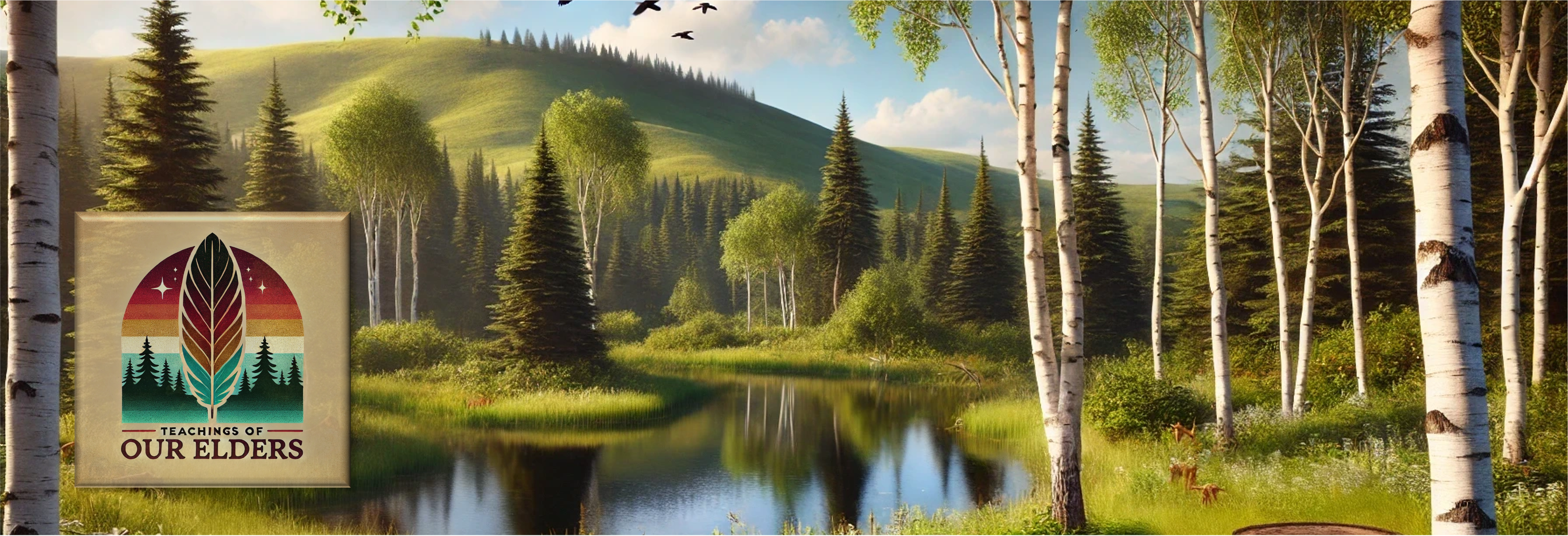| Inquiry Design Model (IDM) Blueprint™ |
| Manhood & Womanhood |
| NDNAEU 1 “Sacred Relatives”, NDNAEU 2 “Learning & Storytelling”, NDNAEU 7 “Native Identity” |
| Compelling Question | How can including traditional manhood and womanhood wisdom help children/youth understand their sacred identity? |
| Standards and Practices | H.E.. Standard 6 Demonstrate the ability to use goal-setting skills to enhance health and avoid or reduce health risks. H.E. 2.8.4 Analyze how the school and community can affect personal health behaviors. H.E. 2.1.1 Identify how family influences personal health behaviors SOC.6_12.1-2.D2.2 Explain the relationship between culture and society. Foreign Language (Cultural Standard) 4.2.4 Recognize and compare the varying roles of men, women, and children in various cultures (e.g., students role play traditional roles in family, create scrapbooks about imaginary extended families in the target culture). H.3_5.3 Describe the North Dakota Native American Essential Understandings. 1.12.12 Acknowledge differences among individuals regarding gender. |
| Staging the Question | American Indians understand the deep connection with the universe and how it correlates with the western world to impact youth in education? |
| Supporting Question 1 | Supporting Question 2 | Supporting Question 3 |
| How does peer pressure affect youth in courtship, self-care, and education? | In what ways can elder wisdom and traditions be incorporated into youth development? | The cycle of life is logical and natural. How can youth be the benefactors of this natural life process? |
| Formative Performance Task | Formative Performance Task | Formative Performance Task |
Listen to the video-Circle of Life and hold a talking circle discussion on it. Student’s will journal their feelings. Assign students to read Waasa Inaabidaa pgs. 65-90 & 91-111. Complete assigned questions related to the reading and share with a partner in class. | Invite local elders who know the manhood and womanhood ceremony to share their knowledge with students. Students and teachers develop questions to ask elder(s). Also discuss the use “The Tobacco Offering” when asking elders or anyone for this type of assistance. | Teachers work with elders to develop a Manhood and Womanhood cycle of life Health Fair to involve the community and or reservation to set up health and human services and community support booths. |
| Featured Sources | Featured Sources | Featured Sources |
| https://www.amazon.com/Ojibwe-Waasa-Inaabidaa-Look-Directions/dp/0873517857 Mashkikiwan Kitchitwa pamphlet Circle of Life with Catherine Howard https://teachingsofourelders.org/essential-understanding-1-catherine-howard/ | https://www.amazon.com/Ojibwe-Waasa-Inaabidaa-Look-Directions/dp/0873517857 Life is a Gift Given with JT Shining Oneside https://teachingsofourelders.org/essential-understanding-2-jt-shining-oneside/ Learning to Pray from Grandpa with Angeline Fourth Iron Road https://teachingsofourelders.org/learning-pray-grandpa-angeline-fourth-iron-road/ | https://www.amazon.com/Ojibwe-Waasa-Inaabidaa-Look-Directions/dp/0873517857 Two Types of Education with Oliver Gourd https://teachingsofourelders.org/two-types-education-oliver-gourd/ |
| SUMMATIVE PERFORMANCE TASK: Supported Claim (written/spoken) or Demonstration of Process (project-based) | Research project: Students will talk to an adult at home or in the community about the use of culture in teaching about Manhood and Womenhood. |
| SUMMATIVE PERFORMANCE TASK: Extension | Guest speakers: Doctors, elders, or others suggested and willing to come in and share with students. |
| Taking Informed Action / Real World Application | Students will create a book, pamphlet or video production as a compilation to share with the community. |

